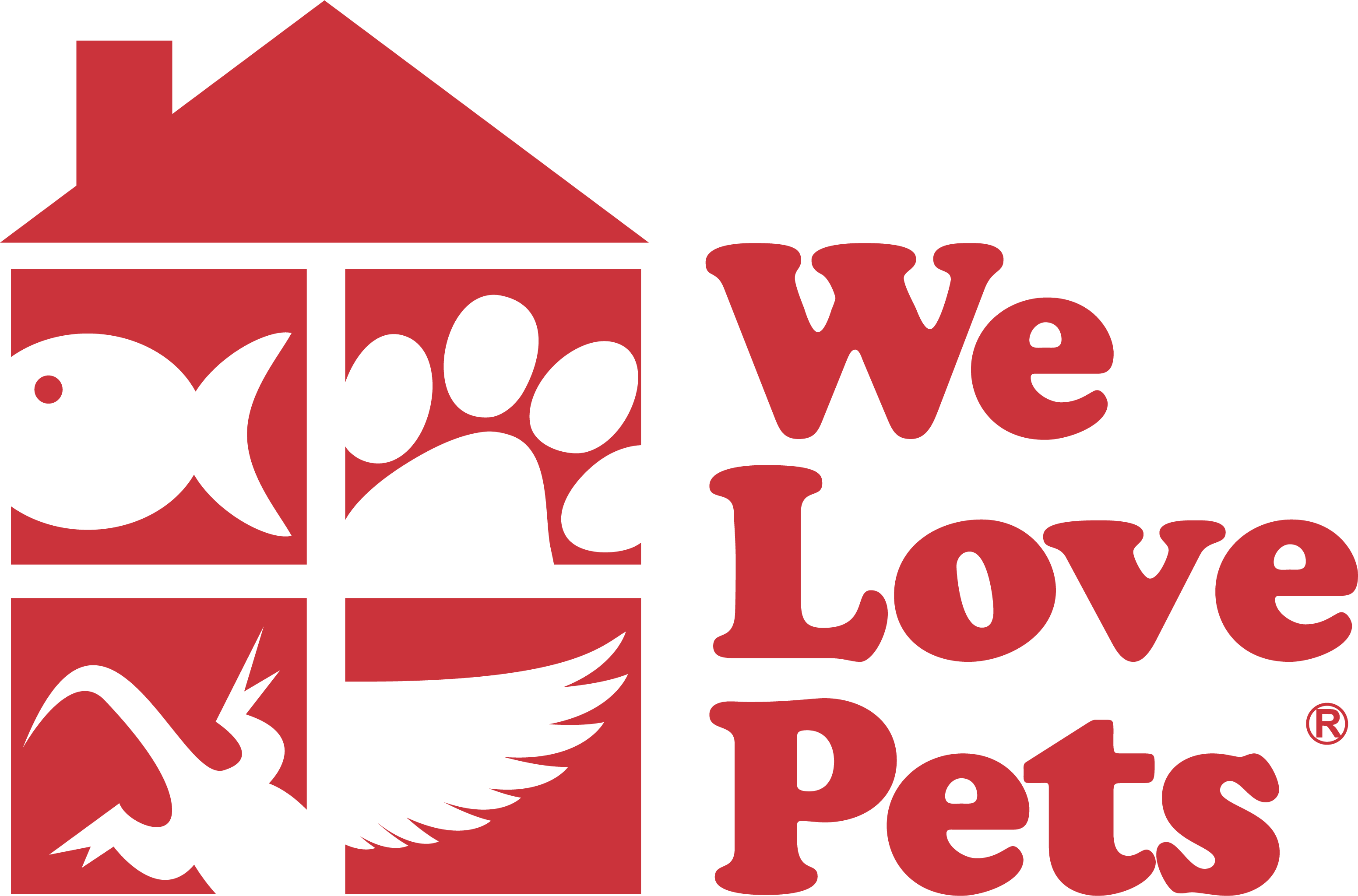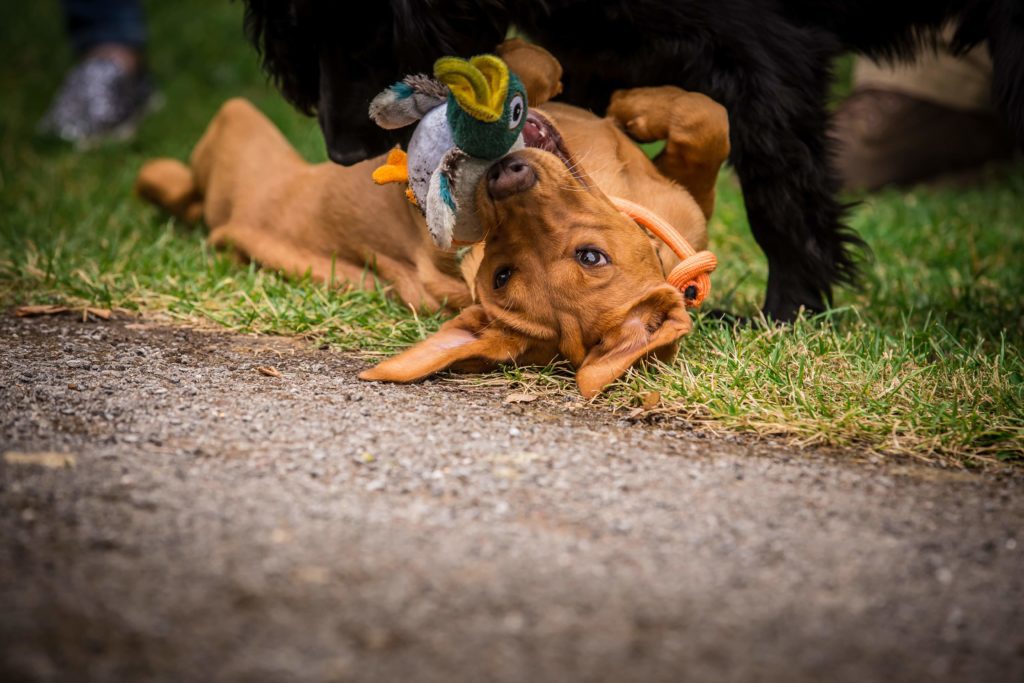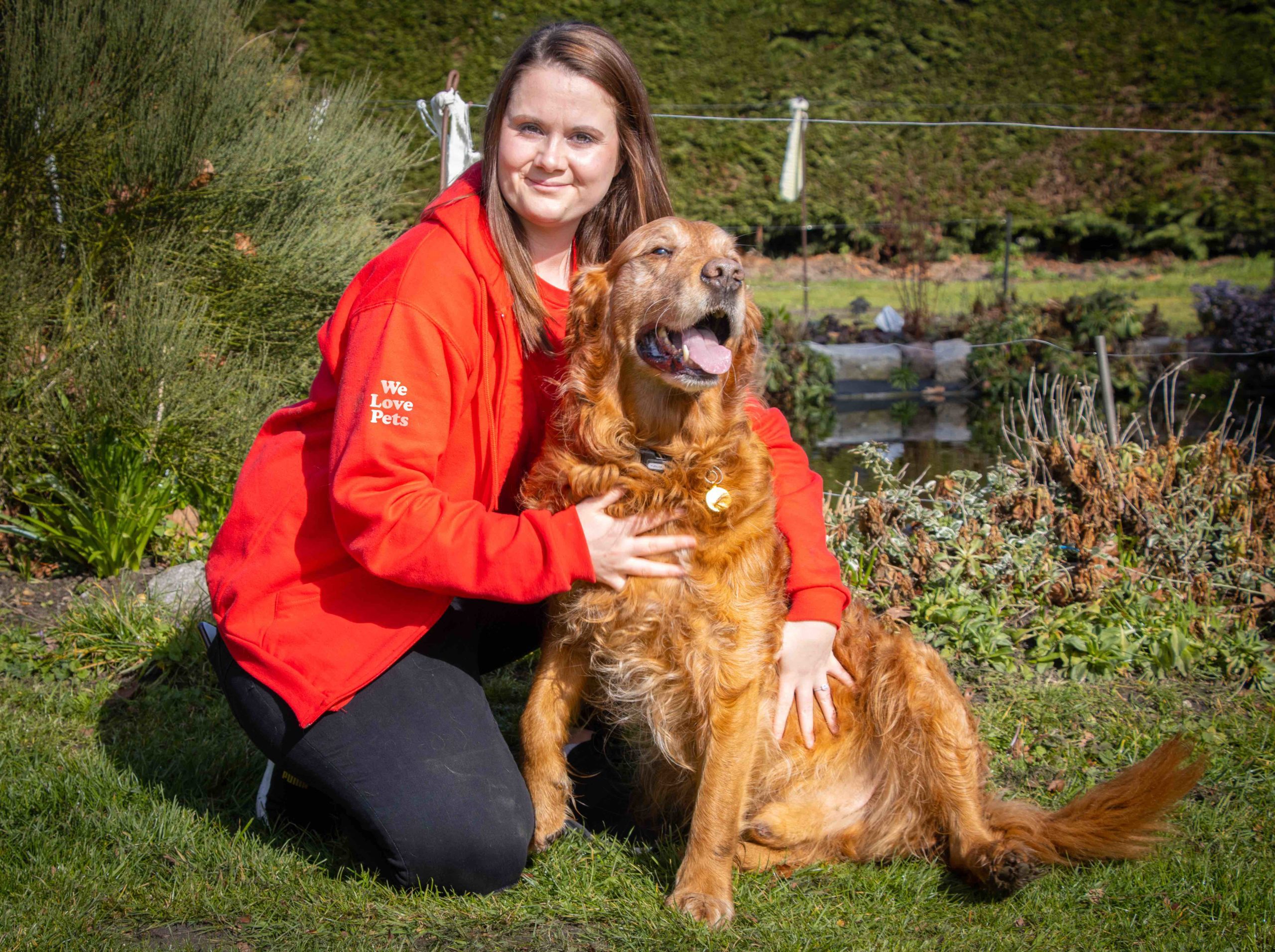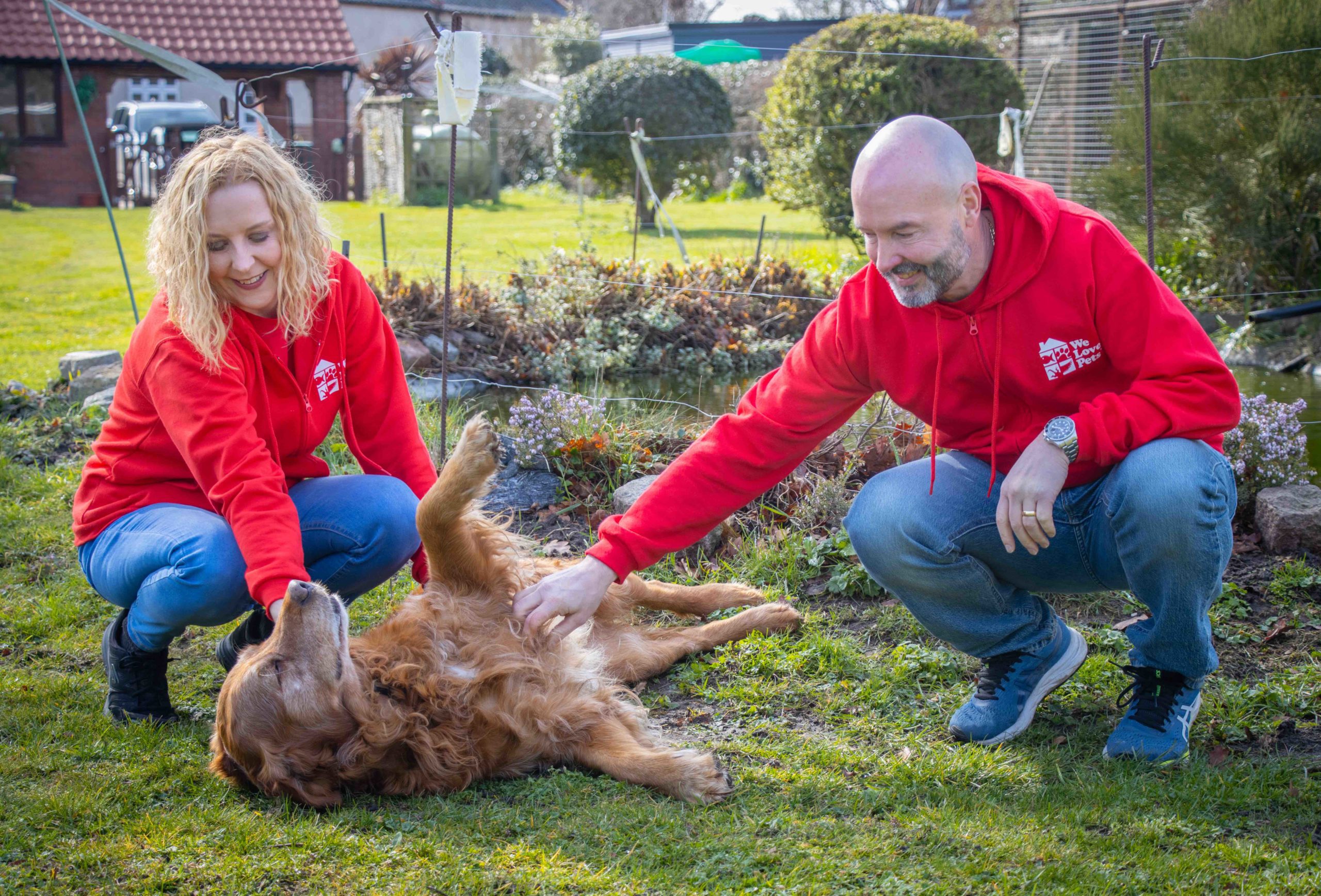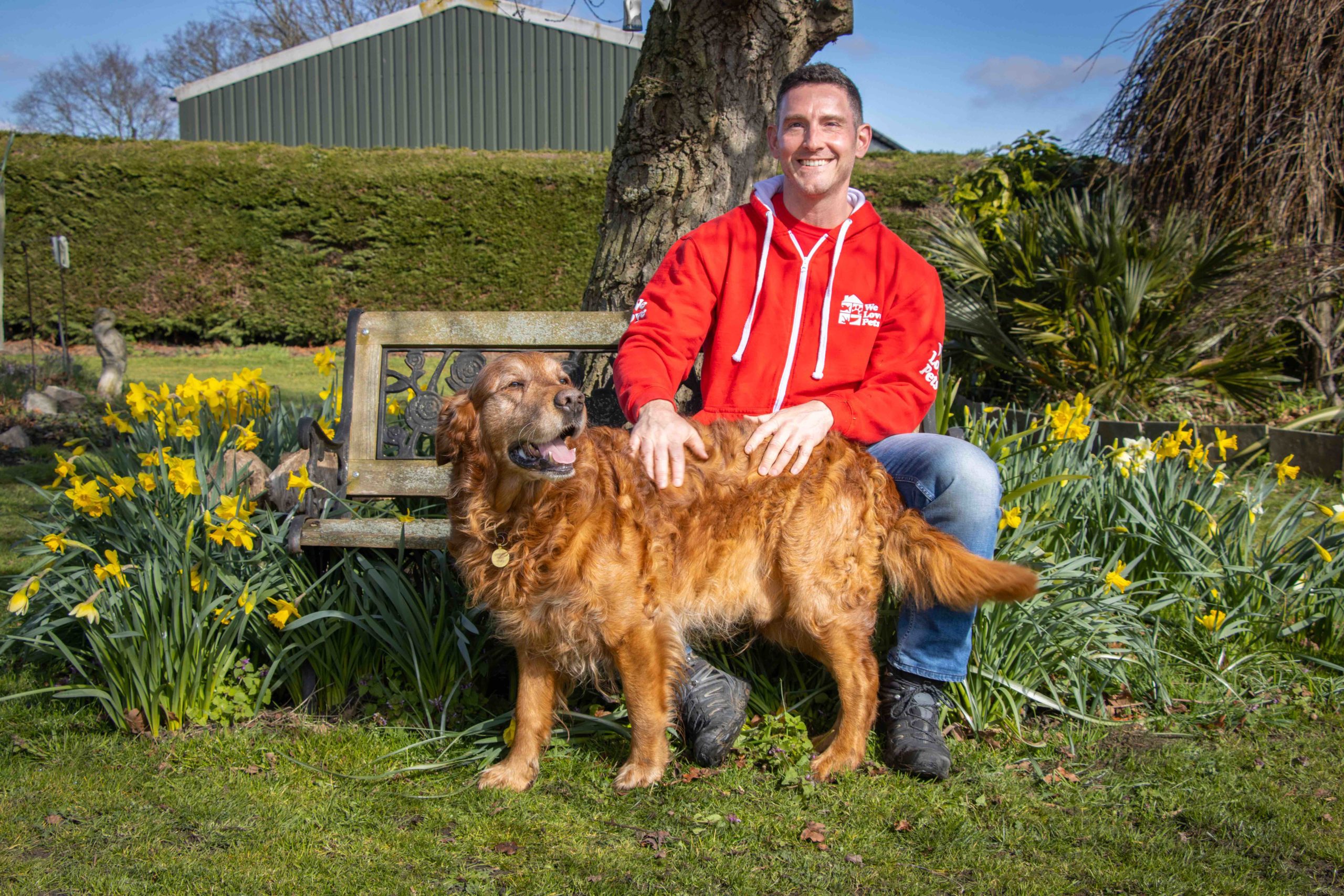Anyone feeling itchy? Our vet nurse, Sophie, tells us everything we need to know about the dreaded flea!
Fleas tend not to be just a summer problem anymore. With our homes centrally heated they can now be an all year around occurrence if our dogs are not on a preventative treatment plan. Treating regularly will definitely reduce the risk of a flea infestation taking hold.
Fleas can not only affect our pets – they affect us humans, too. It is the flea saliva that we tend to get a reaction to and I have first-hand experience of that. As a student nurse, I was bitten so badly on my legs by fleas that the resident dermatologist at the practice wanted to take photos for her portfolio!
The main way your dog picks up fleas is through contact with another dog or at a home that contains fleas. Clearly, you can’t keep your dog in isolation from other dogs, so you need to be pro-active in your approach to prevention. This is one of the reasons we would want all our dogs coming for boarding and daycare with WLP to be up to date with their flea treatment, so they are not passing fleas on to the next paying guest.
To help understand a flea problem it is helpful to understand their life cycle. Fleas go through four stages – egg, larva and pupae, before reaching an adult flea. The temperature will dictate how long it will take a flea to go through the entire life cycle, with optimum conditions being 21-30 degrees centigrade. This is why we tend to see a surge in flea infestations during the summer months. In the right temperature, the life cycle can take place within about four weeks.
One way (if it is not obvious your pet has fleas) is to do the wet paper test. If you comb through your dogs’ coat and tap the hair and scruff onto a damp white piece of paper you may see black flecks. By smudging these flecks if they stain red this is digested blood and basically flea poo! The amount you are collecting will give you a good idea of how bad your problem is.
As the pupae can live in the environment for years without a source of food it is important to break the life cycle by treating the home environment as well as the pet to prevent future hatchings. An adult flea only hops onto your dog to feed and once the female flea has fed she will lay her eggs maybe twenty at a time once or twice a day. The adult flea is only 5% of the total flea population in the home and so the remaining population is in the egg, larvae and pupae stages waiting for the correct conditions to mature. Choosing a product that both repels and kills fleas is best.
The home, as well as the dog, must be treated. Fleas actually live in soft furnishings, carpets, skirting boards, pet bedding and the upholstery in the car, if your dog goes in the car. They only hop on the dog to take a passing meal. Regular vacuuming of carpets at least twice a week will help to remove fleas and eggs. By vaccuming, you are removing shed skin cells that provide a food for the larvae. If using a bag vacuum also putting a flea collar in the bag will help kill the fleas collected. Wash any pet bedding on a 60-degree cycle.
If you are dealing with a flea infestation it sounds a bit mad but by putting the central heating on to raise the temperature in the house and hanging wet towels around it will create a warm, humid environment to encourage flea eggs to hatch. Use a vet-approved home environment spray that will kill fleas and provide a year’s protection in the home. ( don’t forget to spray the inside of the car!). Sending your dog into each room of the house will cause adult fleas to hop on and feed which they will then in turn die as you will have treated your dog.
It is crucial to treat all dogs and cats in the home, not just the one you know has fleas. Treat them at the same time and in a regular cycle. If not you are at risk of fleas passing between pets on a regular basis. The cheaper supermarket brands of flea products tend to be a waste of money as they do not contain the active ingredients that are sufficient enough to keep fleas at bay.
Different options out there are;
Spot ons- pipette containing active ingredients that is squeezed onto the back of the neck. It can take up to 24hrs to fully protect the dog and they are usually applied monthly. Best bought at a veterinary surgery or online via a veterinary prescription.
Oral tablet- can provide up to a month’s protection. Purchased via a veterinary surgery or online via prescription.
Flea Sprays- tend not to last as long or provide a preventative protection like a spot on and can wash off if the dog likes to get in water. These products are often used on very young puppies that are only a few weeks old.
Flea/ tick collar- gives up to 8 months worth of protection. The active ingredients within the collar are released in low concentrations in the hair and skin over a period of time.
Now that you have started to feel itchy – is it time to treat the dog?
